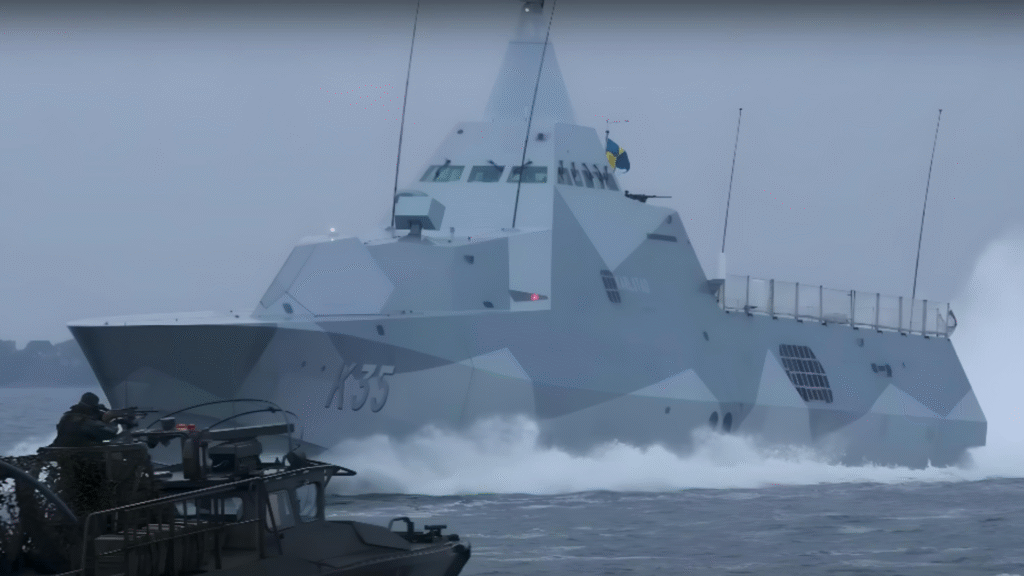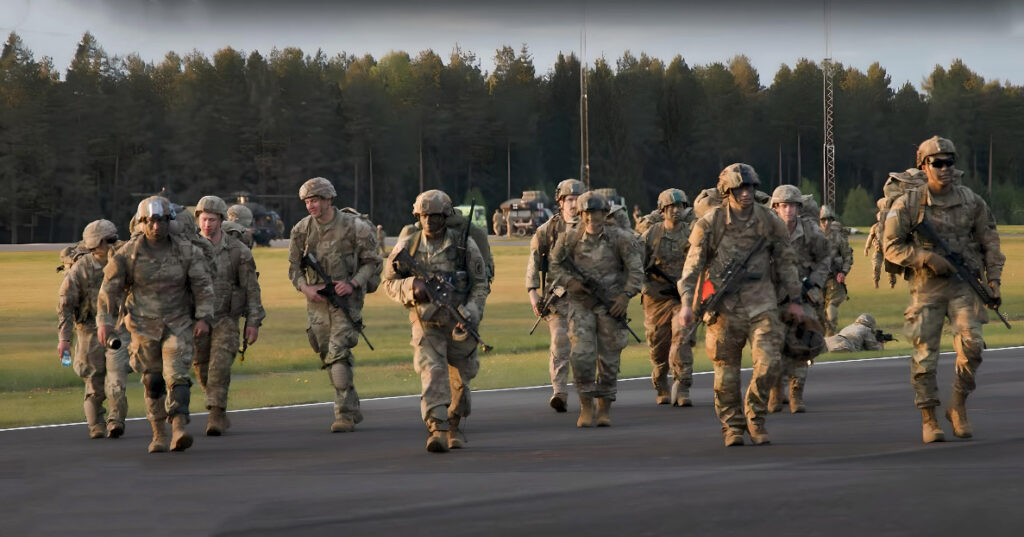In a striking display of military posturing, the Baltic Sea will host simultaneous war games by NATO and Russia this June, spotlighting the region as a flashpoint in East-West relations. NATO’s annual Baltops-2025 exercise, set to commence on June 3, will overlap with Russian naval drills that began on May 27, involving a formidable fleet of 20 warships, according to German outlet Bild. This rare convergence of rival maneuvers has sparked concerns about potential missteps in an already volatile region.
The timing of Russia’s exercises, launched a week earlier than NATO’s, has raised eyebrows. Moritz Brake, a geopolitical analyst at the University of Bonn, warns of the risks posed by such close-quarters operations. “The Baltic Sea is a tightly packed theater,” Brake said. “With both sides flexing their military muscle, a single miscalculation could spiral into a broader confrontation.” The region, bordered by NATO members like Poland, Lithuania, and Denmark, as well as Russia’s strategic Kaliningrad enclave, has long been a geopolitical hotspot.
Yet some experts urge a more measured perspective. Johannes Peters, a naval strategy specialist at the University of Kiel, argues that Russia’s maneuvers are less about provocation and more about routine intelligence-gathering and signaling. “Russia has consistently voiced concerns about NATO’s eastward expansion,” Peters noted. “These drills are a way for Moscow to assert its presence and keep tabs on the alliance’s capabilities.” He points out that such exercises are standard for great powers navigating contested waters.
Russia’s drills, orchestrated by the Baltic Fleet, are notably robust, incorporating assets from the Northern Fleet, air force units, and ground forces from the Moscow and Leningrad military districts. This broad deployment underscores the Kremlin’s intent to project strength across multiple domains. NATO’s Baltops, meanwhile, will likely feature a coalition of allied navies, including the United States, Sweden (now a NATO member), and Finland, emphasizing interoperability and deterrence.
The dueling exercises reflect deeper fault lines. For some, the overlapping maneuvers signal a dangerous escalation, with the potential for unintended encounters at sea or in the air. Others see them as a predictable tit-for-tat, with both sides mirroring each other’s moves in a carefully choreographed dance. The Baltic Sea, a critical artery for trade and energy, has become a testing ground for this strategic rivalry.
As the exercises unfold, the question looms: can Russia and NATO navigate this high-stakes environment without incident? The answer hinges on restraint and communication. While both sides have mechanisms to avoid direct clashes—such as deconfliction channels—mutual distrust runs deep. For Western audiences, the situation underscores the need for vigilance and unity within NATO, as well as clear signaling to avoid misinterpretations.
The coming days will test whether these maneuvers serve as a show of strength or a prelude to greater instability. For now, the Baltic Sea remains a mirror of the broader geopolitical divide, where every move is watched, weighed, and interpreted.



